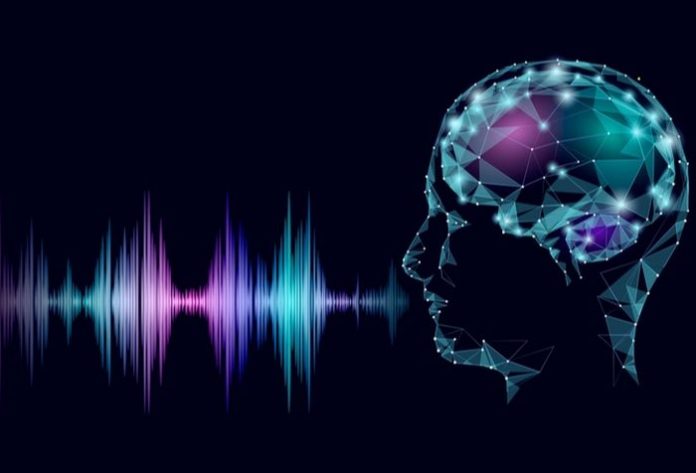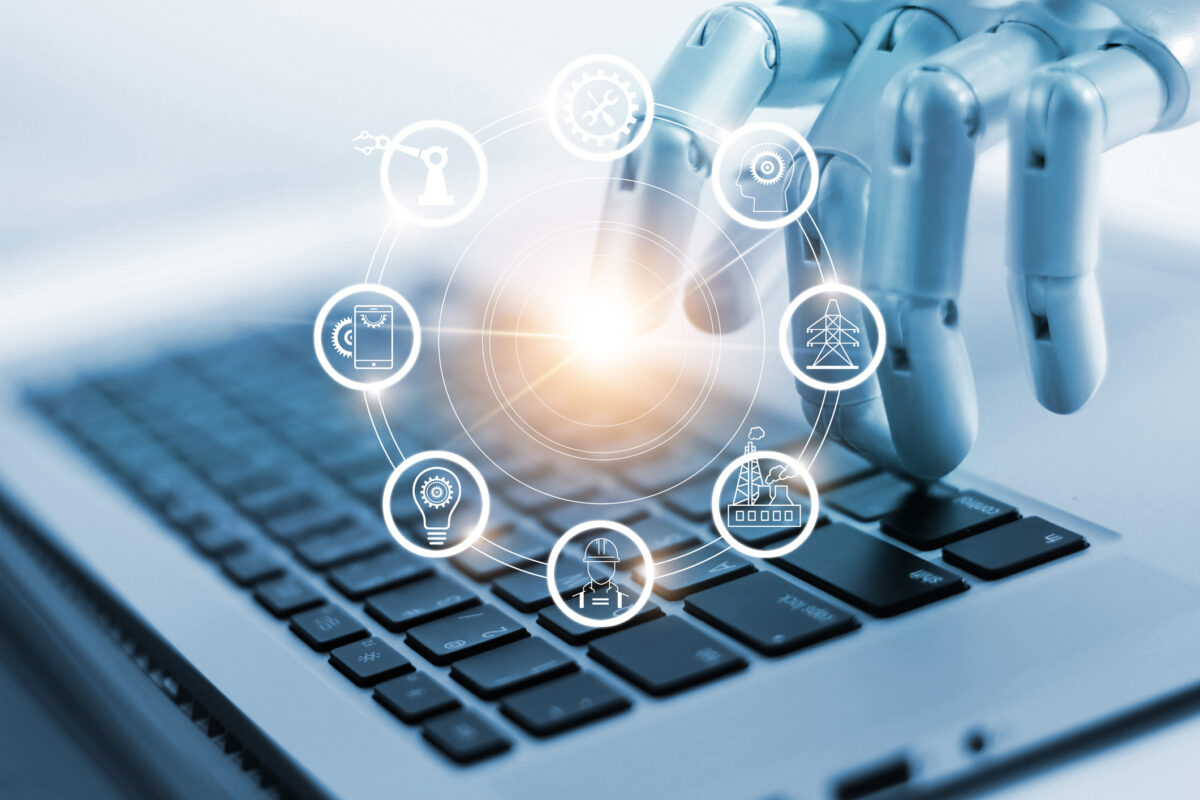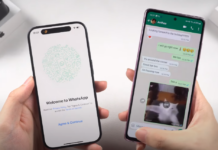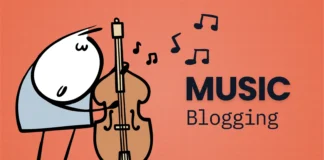
“AI is likely to be the best or worst thing to happen to humanity.” This quote was coined by the late Stephen Hawking, a world-renowned cosmologist and science genre author. This quote does ring true, but only half of it for the moment. As far as it concerns us, AI is currently on the road to becoming one of the best creations of humanity.
AI stands for artificial intelligence or man-made intelligence, which is non-biological and fully electric. But aren’t brains also electrical systems with our intelligence being a part of it? The difference between artificial intelligence and human intelligence is that they are currently incapable of understanding the emotions of the human psyche.
If machines understood emotions, it would indeed be a miraculous creation with the door opening to unlimited possibilities. We are beings that have been widely influenced by cumulative education. We mean by this that we have reached this stage in our lifespan as a species due to the sum of all the knowledge in the world.
We build on existing knowledge as re-invention of every concept ever existed by every person again isn’t practical. Visit Murf to know how AI is beginning to change the dimension of the educational world. Learning is a lot more practical and efficient when taught to us by another individual, preferably intelligent.
Now that we’ve developed and come far in the sphere of AI and technology, what if we told you that AI can now teach the next generations? Before we get into that, let’s take a look at how AI was developed.
Emergence Of AI

It is an attractive picture to imagine artificial beings such as robots and computers are just magically gifted intelligence through a freak accident. A pretty picture indeed. But the truth is far from that. Many classical philosophers planted seeds of ideas about artificial intelligence bit by bit. We’re not there where we want to be yet with AI, but we’re inching closer to it as time passes by.
If we’ve realized the final piece of the puzzle to give birth to AI, the only thing artificial about it would be the vessel the intelligence emerges from, such as a robot or a computer. But the intelligence part of it is very humane indeed, just without the irrational decisions that humans make under emotional flaws.
The research for AI began during the summer of 1956 at Dartmouth College. This is where the journey of AI began to give us the version of it that exists worldwide today.
What is E-learning

E-learning or electronic learning is the process of imparting education through the use of technology. In terms of change, education hadn’t changed too much since when it first began. The essence and the majority of its technique remain the same. A room was full of students, a teacher, a chalkboard ( Now a whiteboard).
But we do have to agree that there has been a substantial change in the tools used to teach students. Indirect reference to the pandemic situation, people willing to learn can only avail themselves, online classes. They are all connected on a video call, with the teacher streaming their writings and notes to the audience.
E-learning is a relatively new concept that has emerged in schools in the past two decades more prominently. It is characterized by classes using projectors, white canvas, a smartpen, and speakers for audio output. These classes, in their most basic sense, impart knowledge through the use of videos.
The smart pens are connected to their laptops, which they can use to write on the canvas with accurate time synchronization. This means you can write onto a canvas with a projection on it. This teaching system has become more successful than traditional teaching because of the scope of imagery to help children skip visualization and directly see what’s going on.
This is although a point of controversy as certain people believe that E-learning reduces the imagination power of the students. Apart from this, students have reported being able to understand better E-learning. But nothing comes with downsides.
AI Voice In E-Learning

The downside that E-learning provided was that it was more expensive than traditional teaching. The resources needed for traditional methods were a classroom, a teacher, black or whiteboards, chalks, or markers. The thing with E-learning, though, you needed a projector canvas, a projector, a laptop, speakers, smartpens, and other technical resources.
Moreover, another significant downside is that normal E-learning is that since they consist of videos, the videos in no way can clear the doubts of the students. Having a teacher along with this E-learning is just not cost-effective. This is precisely why AI can change the game. Imagine availing E-learning with an AI voice. Having an AI voice-over can eliminate the need for a human teacher in itself.
Voice-over video for E-learning is another fantastic feature that you can get. Students will feel like being amid a real presence when listening to the videos. This is possible by the AI’s conversion of text to speech. Any dictation of an essential text in tiny fonts from original manuscripts can be difficult for students sitting in the back.
Therefore, the text-to-speech feature allows them to understand what’s being shown. Examples of voice makers are Apple, Windows, and Amazon as Siri, Cortana, and Alexa, respectively. Replacing teachers is a very far-fetched step that might take years and years to accomplish, but these currently achievable features. Still, they might take time to implement into the curriculums of students.
These AI voices will not only help convert text to speech and supplement your learning, but they will actively be a part of your learning as they can be programmed to answer doubts and guide students to solutions to the lesson’s problems.
















